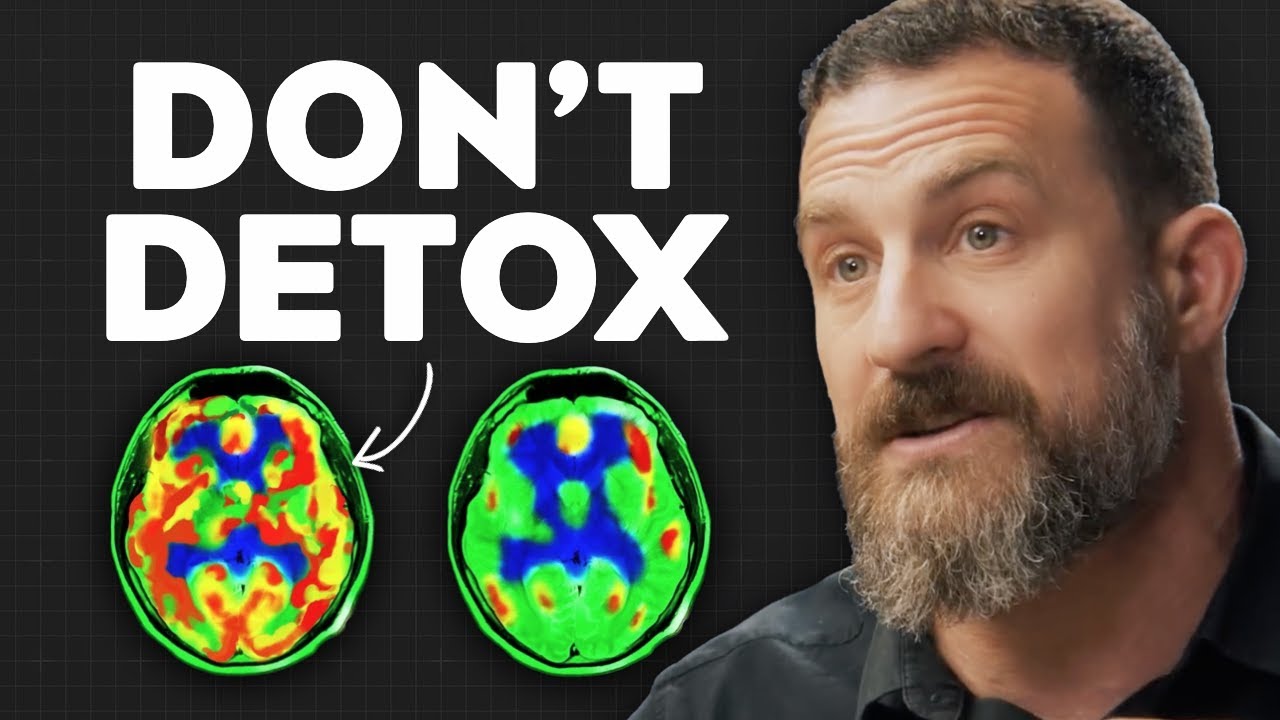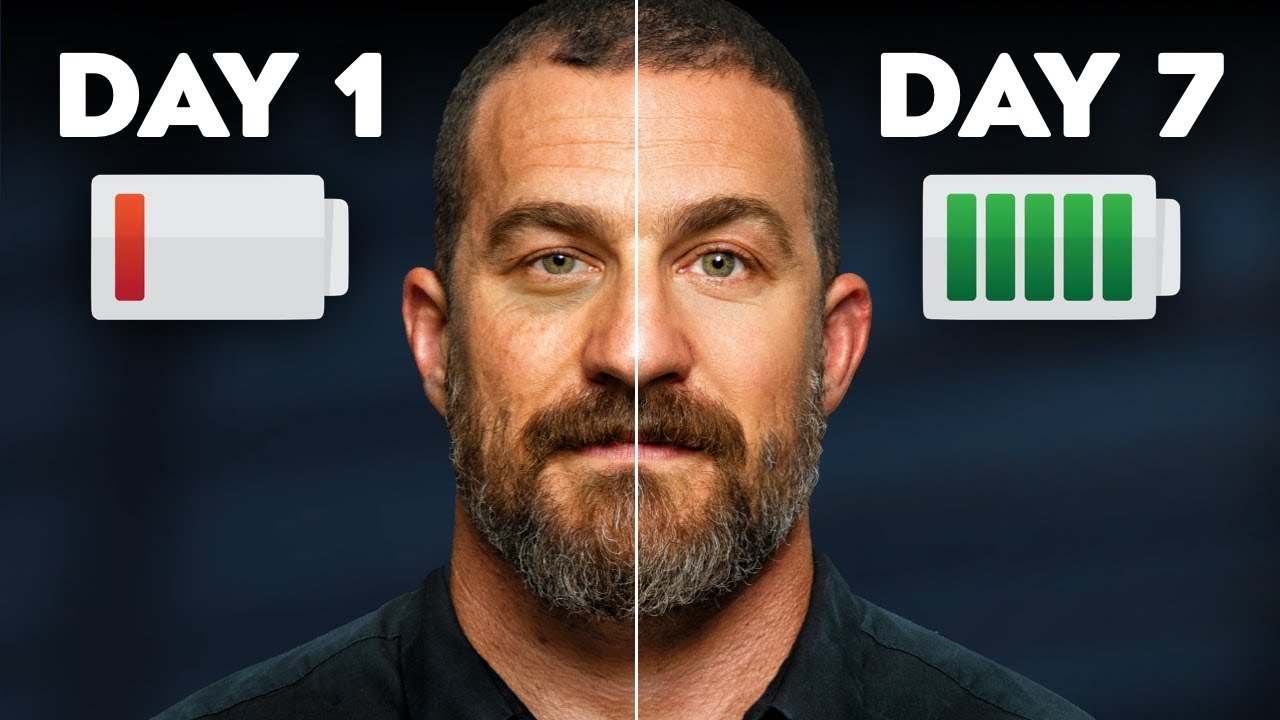Based on extensive research and practical application, I’ve identified six foundational pillars that significantly impact both our physical and mental health. These aren’t just abstract concepts; they’re actionable strategies for consistent improvement. Let’s delve into these “Big Six” of self-care.

Pillar 1: The Transformative Power of Sleep
Quality sleep is a non-negotiable for optimal health. While individual needs vary, most adults thrive on 6 to 8 hours of sleep per night. Growing children, teenagers, and those recovering from illness often require more, sometimes up to 9-12 hours. It’s crucial to experiment and determine your ideal sleep duration.
Think of sleep much like physical fitness – it’s an ongoing process that demands consistent effort. Our goal should be to achieve high-quality sleep as often as possible throughout our lives. Life inevitably throws curveballs, but striving for consistent, restful sleep is paramount.
One often-overlooked aspect is establishing a consistent sleep routine. While perfect adherence isn’t always practical, aiming to go to bed and wake up around the same time each day (within a one-hour window) is incredibly beneficial. This consistency helps regulate your circadian rhythm, which in turn optimizes your mood, energy levels, focus, and the quality of your deep (slow-wave) and REM sleep. Anchoring your wake-up time is particularly effective for setting your body’s internal clock and promoting predictable daytime functioning.

Pillar 2: Harnessing the Healing Energy of Light
Light, especially natural sunlight, is a powerful regulator of our internal clock and profoundly influences our mood, alertness, and nighttime sleep quality. The most effective practice is to expose your eyes to sunlight as early as possible after waking.
If you wake before sunrise, simply turn on artificial lights until the sun appears. Once it’s out, step outside, face the general direction of the sunrise, and take off your sunglasses. Looking at low-angle sunlight without sunglasses is safe; just remember to blink naturally. Aim for about 10 minutes on clear days and 20-30 minutes on overcast days. Even on the cloudiest winter mornings, significant light photons penetrate the cloud cover, offering beneficial effects that far exceed indoor artificial light. This daily practice helps anchor your circadian rhythm, leading to improved mood, focus, and alertness throughout the day and better sleep at night.

Pillar 3: The Essential Role of Movement
Movement, or exercise, is fundamental for both physical and mental well-being. A well-rounded movement routine should incorporate both cardiovascular training and resistance training.
For cardiovascular health, aim for 180 to 220 minutes of Zone 2 cardio per week. Zone 2 intensity allows you to hold a conversation but makes talking more intensely difficult. This could be brisk walking, light jogging, cycling, or swimming.
Additionally, incorporating at least one session per week of VO2 max work, where you elevate your heart rate significantly, is crucial. This could involve sprints, intense cycling intervals, or other movements safe for your body that push your cardiovascular system to its limits.
Resistance training is equally vital. Target 6-10 sets per muscle group per week, performing exercises close to or to muscular failure. This can be achieved with weights, resistance bands, or machines. While you don’t necessarily need to combine cardio and resistance training on the same days, ensuring you incorporate both consistently is key for a holistic fitness approach that supports muscle growth, bone density, and metabolic health.

Pillar 4: Nurturing Your Body Through Quality Nutrition
Nutrition is a vast and sometimes complex topic, but its impact on mood and mental health is undeniable. The core principle is to consume sufficient, but not excessive, amounts of quality calories daily. Whether you practice intermittent fasting or follow a more traditional meal schedule, your body and brain require a balanced intake of macronutrients (proteins, fats, and carbohydrates) and micronutrients (vitamins and minerals) to function optimally.
The key takeaway for nutritional mental wellness is to prioritize whole, unprocessed, or minimally processed foods. Think lean proteins, colorful fruits and vegetables, healthy fats from sources like avocados and nuts, and complex carbohydrates from whole grains. These nutrient-dense foods provide the building blocks and energy necessary for robust brain function, stable mood, and sustained energy throughout the day. Skipping ultra-processed foods, which are often high in refined sugars and unhealthy fats, can significantly reduce inflammation and improve your overall mental state.

Pillar 5: Cultivating Healthy Social Connections
Humans are inherently social beings, and our social connections profoundly influence our nervous system and overall well-being. We interact with other nervous systems, both human and animal, constantly. It’s crucial to acknowledge that while we can’t always control every social interaction, we should actively strive to limit interactions that drain or stress us.
Certain social dynamics, whether with specific individuals or groups, can leave us feeling taxed, stressed, and contribute to negative emotions and heightened autonomic arousal. This can lead to rumination and difficulty with sleep. Developing an awareness of these taxing interactions and actively working to reduce their frequency or intensity, when possible, is a powerful act of self-preservation for your mental resilience. Conversely, nurturing relationships that uplift and energize you is incredibly beneficial.

Pillar 6: Mastering Stress Control
Stress is an inevitable part of life, but how we manage it is within our control. The goal isn’t to eliminate stress entirely but to equip ourselves with readily accessible stress management tools that are effective in real-time.
One of the most powerful and physiologically grounded techniques is the physiological sigh. This simple breathing exercise can significantly reduce your stress levels almost instantly. Here’s how to do it:
- Inhale deeply through your nose, filling your lungs as much as possible.
- Before exhaling, take a second, brief inhalation – a small “sip” of air to maximally inflate your lungs.
- Exhale slowly and completely through your mouth, making the exhale long and extended.
Often, just one physiological sigh is enough to induce a noticeable calming effect. You can use this technique before public speaking, during moments of anxiety, or whenever you need to calm down quickly and effectively. It’s a safe and highly efficient way to regulate your nervous system and prevent stress from spiraling.

Integrating for Overall Well-being
By actively addressing these six pillars – sleep, light, movement, nutrition, social connection, and stress control – you create a robust foundation for enduring mood stability, enhanced mental clarity, and vibrant physical health. Each pillar reinforces the others, creating a synergistic effect that promotes longevity and a higher quality of life.
Ready to take the next step in optimizing your wellness journey? Explore our other articles for more in-depth guides on specific health topics, or consider a personalized consultation to design a nutrition and lifestyle plan tailored just for you.



